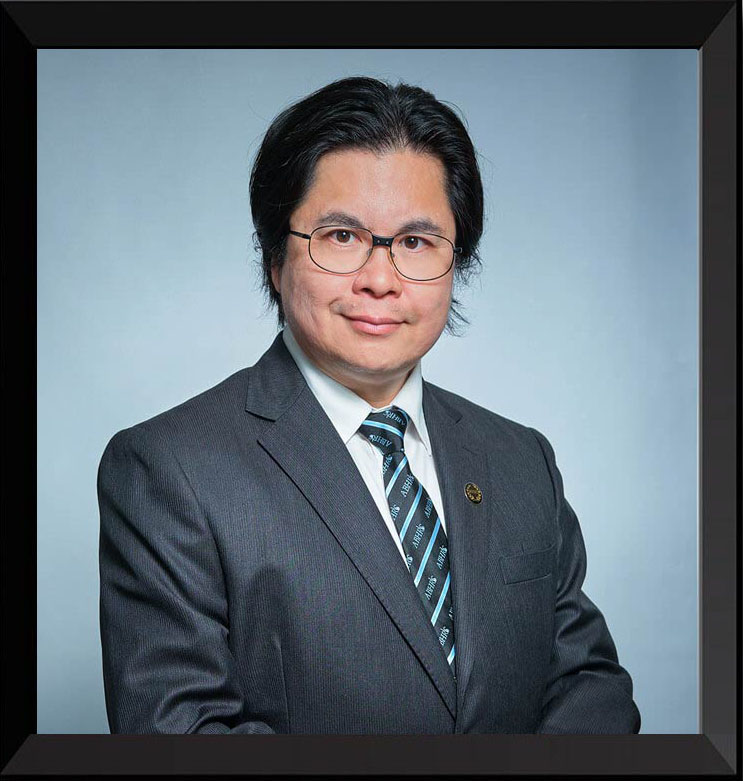
Hair transplantation involves removing permanent hair-bearing skin form the back and/or sides of the scalp (donor area). Then, using magnification, the tissue is dissected into follicular unit grafts (containing 1-4 hairs each). These small grafts are then meticulously planted into the bald or thinning area of the scalp (recipient area). All hair transplant procedures, whether FUT, FUE, or ARTAS, include the following 3 steps. The main difference is just in step 2 the harvesting part
1 Local Anesthesia
2 Donor Harvesting
3 Graft Insertion
Step 1 : Local Anesthesia

Level I Conscious Sedation
Our hair transplant procedure is performed under local anesthesia without any intramuscualr or intravenous injection. This is in accordance to the American Standard outlined in the MASSACHUSETTS MEDICAL SOCIETY OFFICE-BASED SURGERY GUIDELINES.
According to these guidelines there are 4 levels of office procedures - I, II, III, IV. We are using the safest Level I Conscious Sedation. Minimal oral relaxing medications are given before and during procedure. Chance of complications requiring hospitalization is uncommon. Without any drug induced alteration of consciousness, patients can response to verbal command. There is no interference with vital body functions
Read More
Step 2 : Graft Harvesting- FUE vs. FUT
The grafts can be extracted either by removing a whole piece of scalp tissue (FUT); or extracted one by one (FUE). The choice of technique will depend on individual need. The doctor will discuss with you during the consultation.
FUE
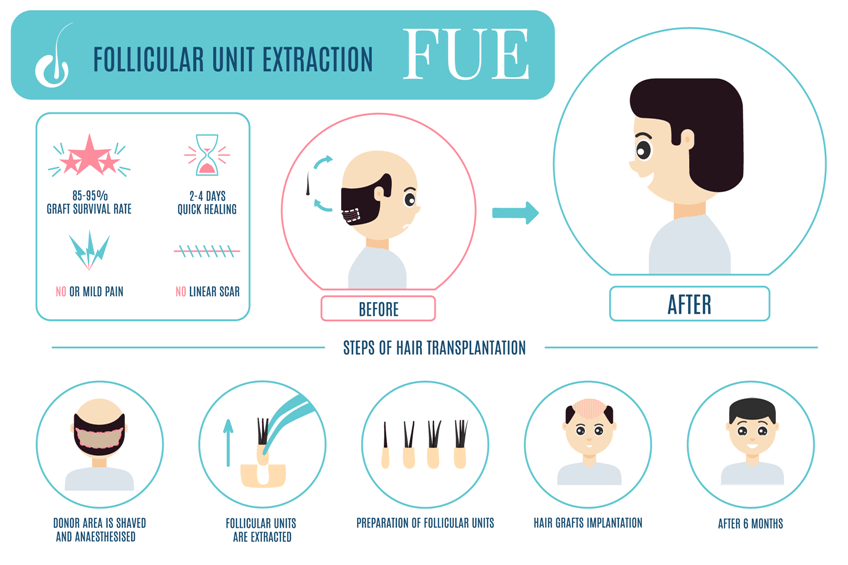
In FUE ( Follicular Unit Excision ) we use a size 1.0mm titanium round punch for Asian Hair and 0.8mm for Caucasian. This size keeps the grafts intact yet leaves minimal scar. Depth control is set to avoid graft transaction. We use bothe manual and automatic FUE, depending on your hair character. Every graft is extracted one-by-one carfefully not to damage any follicle ( READ MORE )...
FUT / Strip

In FUT we dissect the strip with a single blade using magnified loupes. The blade is angled parallel to the hair follicles to minimize transection. Excision is made quite superficially with minimal bleeding. We routinely use the Trichophytic Technique as described by Dr Frechet. 2 layers suturing maximizes approximation and minimizes scar ( READ MORE )...
Graft Preparation and Storage
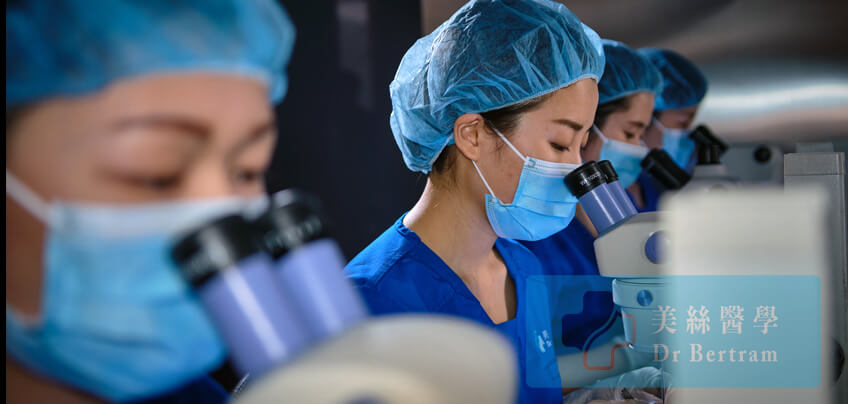
We select only good quality Grafts for transplant to ensure good result. Intact extracted grafts are sent to our assistants to trim all redundant tissues using 10X microscopic magnification. The follicular unit grafts are then sorted into 1-hair FU, 2-hair FU, 3-hair FUs. The intact follicles are stored in chilled saline enriched with ATP to ensure maximal graft survival.
Step 3 : Graft Insertion
Pre-made Incision
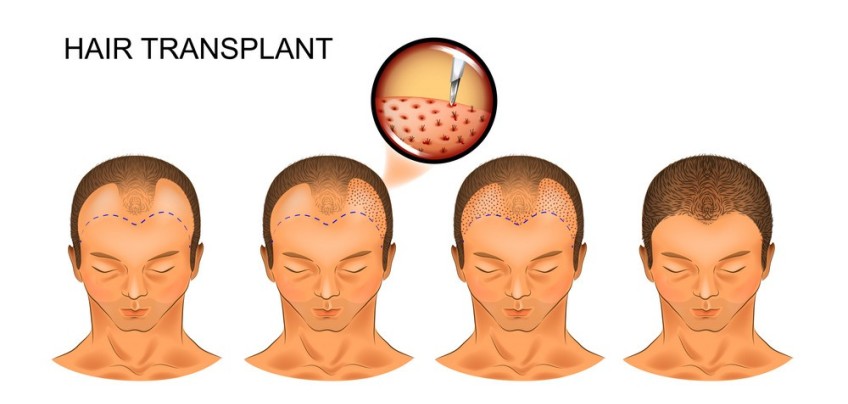
In the recipient site, small pockets in the skin must be created in order to accommodate the grafts. This step is called "Incision" or "Slitting". Slit sizes range from 0.7 to 1.2mm.
Incision is the most important step in the entire hair transplant procedures as the slits determined the final hair direction. Any mistake will render the result unnatural. The doctor has to study carefully the angle, direction, and orientation of your existing hair in the to be transplanted areas. Incision are then made to follow your natural hair flow. Loupes are worn to magnify the surgical field and to prevent damage to existing hair follicles.
3 Different Isertion Techniques
Grafts outside the body has a limited survival time and must be implanted ASAP. Currently we are using 3 different Isertion Techniques depending on your hair characterd.
1. Forceps
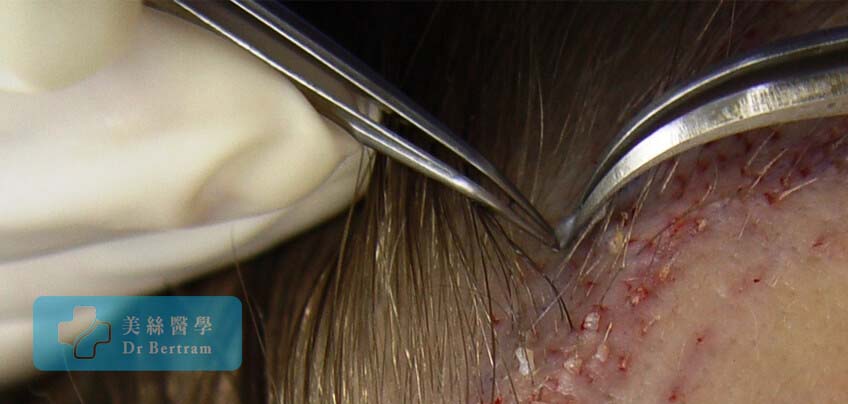
Fine tips jeweler's forceps are used to gently grasp the fat beneath the follicle to avoid trauma. It's our preferred method.
2. Implanter
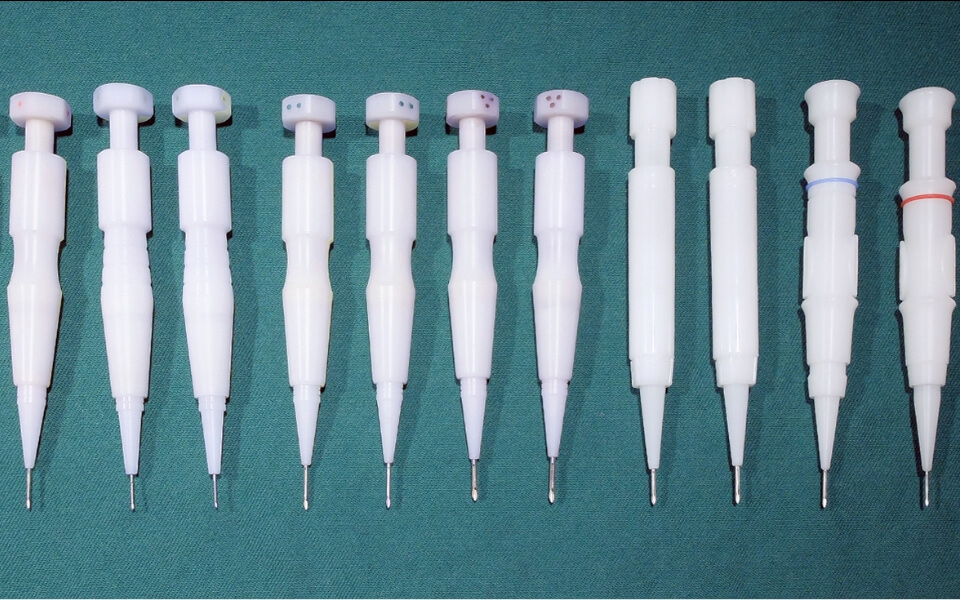
This is commonly used in Korea and Japan, especially for those using FUE. The follicle is first dragged into its metal tube before inserting the implanter into a slit. On withdrawal the graft is pushed out and left in the slit. We have abandoned implanter because of 2 reasons:
• More tissue trauma - the metal tube has thickness so holes larger than grafts have to be made
• Popping - insertion of an implanters will pop-up neighboring grafts, very difficult to dense pack.
3. Stick and Place
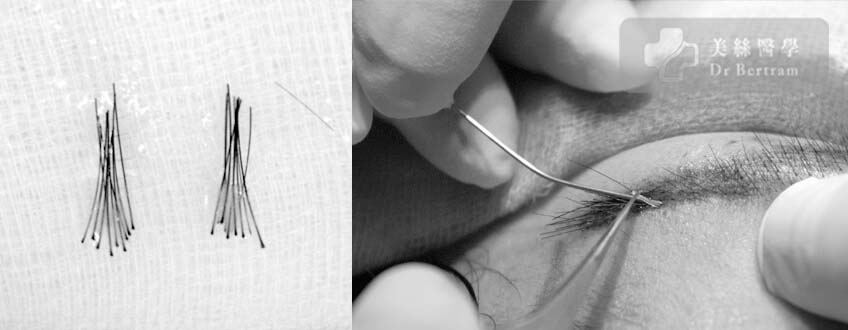
For dense packing we have to eliminate any empty spots between hairs. We keep about 10% of grafts at the end to fill in these spaces. After creating a slit a graft is inserted immediately. This technique of Stick and Place allows more grafts to be inserted per area. The same technique is also used in eyebrow transplant.
Message from the Doctor
Welcome to “Doctor's Talk,” where I’ll talk about everything related to hair loss and hair transplants. This series is here to help you understand more about how hair treatments work and what you can expect from them. The information provided is based on my 18 years of experience in dealing with hair loss.
Disclaimer -
Please note that this series is purely educational. Reading these posts does not guarantee my services, nor are they intended for business promotion. Information provided is not guaranteed to be up-to-date and should not be considered a substitute for professional medical advice.
Any opinions discussed may not be universally accepted or applicable to all individuals. Always consult a healthcare professional before making any decisions related to your health.
